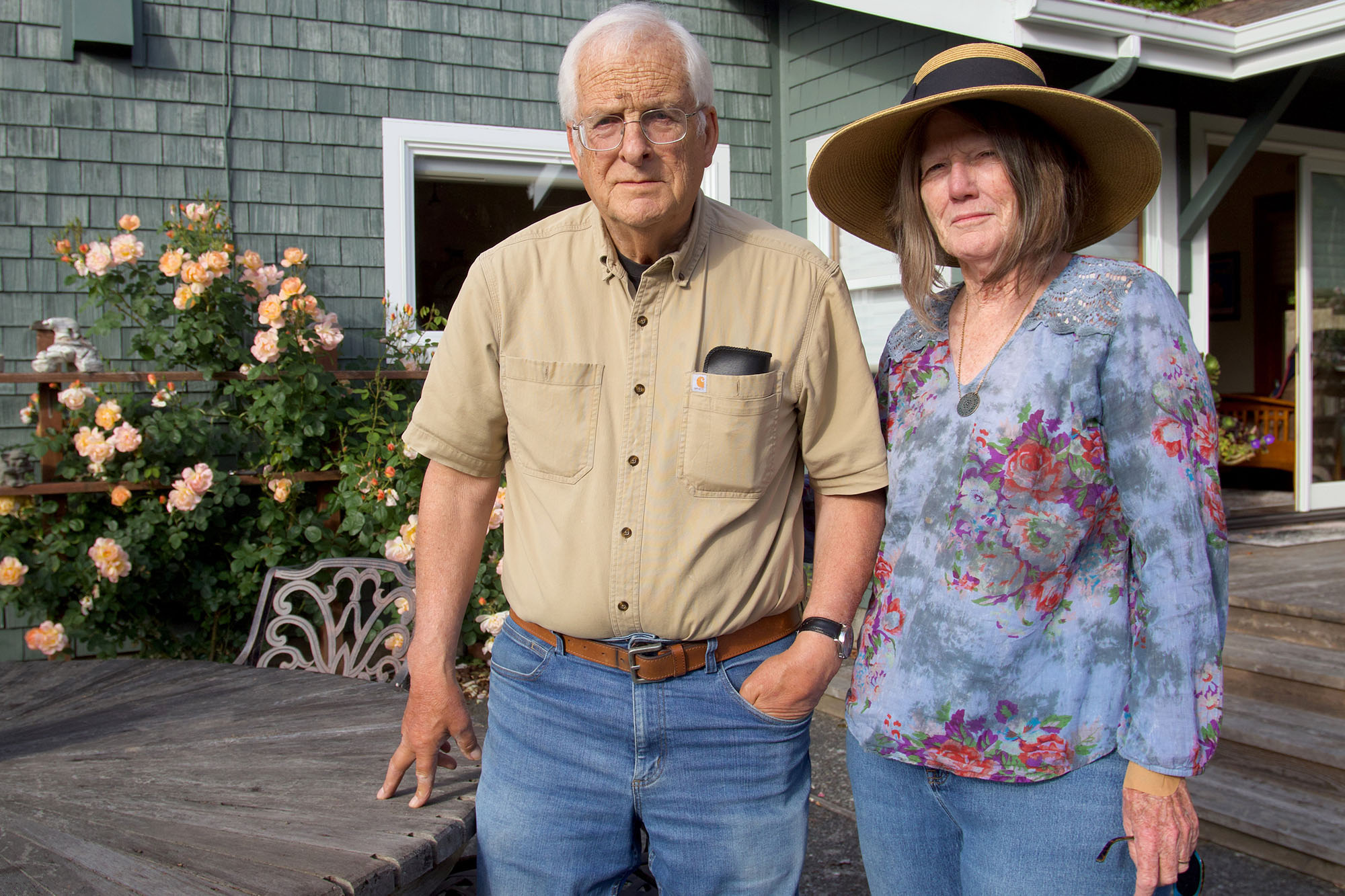
In 2012, Jirayut Latthivongskorn was about to graduate from UC Berkeley with a bachelor’s degree in molecular and cellular biology. He wanted to go to medical school, but as an undocumented student whose parents brought him to the US from Thailand when he was nine, he didn’t know how to get there. School advisers, admissions counselors, mentors — no one knew how to help him.

So Latthivongskorn and Denisse Rojas, another undocumented classmate who wanted to pursue a medical career, set out to pave the way themselves, Tatiana Sanchez reports in the San Francisco Chronicle. Latthivongskorn and Rojas “made a spreadsheet titled ‘We’re going to med school’ to map out a game plan and keep themselves motivated,” Sanchez wrote. With their friend Angel Ku, also an undocumented student, they founded the organization Pre-Health Dreamers to share insights and resources with others like them who aspired to practice medicine.
With his UC Berkeley degree, Latthivongskorn applied to his first choice, the UCSF School of Medicine, but was rejected. He tried again, and in 2013 he entered UCSF as its first undocumented medical student. After pausing his studies for one year to earn a master’s degree in public health from Harvard, he graduated from UCSF this spring.

Catherine Lucey, MD, executive vice dean and vice dean for education at UCSF, said in a statement that Latthivongskorn “has consistently given his time to advocate for the type of society that welcomes and celebrates the contributions of immigrants, ensures that all have access to high-quality health care, education, homes, and jobs, and builds communities in which all thrive.”
Contributing to Culturally Appropriate Care for Communities of Color
Latthivongskorn’s story underscores how challenging it can be for even the brightest, most hard-working immigrant students to achieve their medical career goals. As California’s population continues to grow past 40 million and a growing share of it is people of color, immigrants can play a critical role in meeting the state’s health care needs by providing culturally and linguistically appropriate care. Although communities of color will make up more than 65% of California’s population by 2030, they are severely underrepresented in the health care workforce and educational pipeline, according to a report (PDF) by the California Future Health Workforce Commission. (CHCF is one of five organizations that funded the Commission’s work.)
Workforce underrepresentation disproportionately affects California’s largest ethnic group: Latinos. They represent nearly 40% of the state’s population, but only 7% of California’s physicians, according to the Healthforce Center at UCSF. The UCLA Latino Policy & Politics Initiative forecasts (PDF) that if current growth trends hold steady, it could take five centuries for California to eliminate the Latino physician shortage.
What’s more, about 7.3 million Californians have limited English proficiency and need access to multilingual providers, the Commission reports. “Not finding a pathway to communication can make adequate care impossible to give,” writes Nadya Agrawal on the online news website Splinter. “And it can make patients uncomfortable with those trying to help them, frustrating care even more.”
Expanding the Health Care Profession Pipeline
To address California’s urgent need for a health workforce as diverse as its population, the Commission emphasized the importance of expanding health care pipeline programs and supporting scholarships that recruit and prepare students from underrepresented and low-income backgrounds. Research shows that physicians from such backgrounds are more likely than others to practice in areas with provider shortages and care for patients who belong to racial or ethnic minority groups, are uninsured, or are in Medicaid programs.
The Commission recommended the creation of a California Health Corps to expand the pool of health workers. “The corps would recruit and continuously engage and support the following audiences throughout their health career journeys: high school, college, and health profession school students and recent graduates; workers in health and other sectors; and groups outside of traditional pathways, including older adults and retirees, at-risk youth, unlicensed health workers, and immigrant health professionals.” (Emphasis added.)
California’s health care system relies heavily on immigrant workers. Nearly one in three health care workers is foreign-born, compared to one in six nationwide, according to the Public Policy Institute of California. And immigrants fill key shortage positions like rural primary care and nursing senior care, Shelly Hagan reports in Bloomberg.
Some programs, like Mentoring in Medicine & Sciences and the Program in Medical Education for the Latino Community (PRIME-LC), already exist. They help students from underserved communities — many of them immigrants or the children of immigrants — get mentoring and training to become health professionals in the areas with the greatest need. “Many immigrants work in clinics and hospitals that serve rural America,” writes Bruce Y. Lee, MD, associate professor of international health at the Johns Hopkins Bloomberg School of Public Health, in Forbes.
Policy Change Creates Barrier for Dreamers
Additionally, a growing number of medical schools accept applications from young undocumented immigrants who were brought to the US as children, like Latthivongskorn — the group known as “Dreamers.” In 2012, President Barack Obama created the Deferred Action for Childhood Arrivals (DACA) program, which grants Dreamers temporary legal status in the US. The Stritch School of Medicine at Loyola University was the first to consider Dreamers for admission, according to the Atlantic. A spokesperson for the Association of American Medical Colleges said that today 65 US medical schools accept DACA applicants.
But in 2017, the Trump administration rescinded the DACA program, jeopardizing the futures of all DACA recipients. Darrell G. Kirch, MD, the CEO of the Association of American Medical Colleges, lamented the change, writing, “For the health of our nation, it is up to all of us in academic medicine to ensure that the doors of America’s medical schools and teaching hospitals remain open to DACA recipients and to future physicians and scientists from around the world.”
For now, DACA remains in place thanks to judges in three separate US district courts (including one in northern California) who issued preliminary injunctions requiring the government to maintain the program. But DACA’s future is hanging in the balance. The Supreme Court will have to review DACA, and the San Francisco Chronicle reports that this is unlikely until 2020.
If Dreamers lose their DACA status and the accompanying authorization to study and practice medicine in the US, our health workforce will suffer — and so will patients.
Authors & Contributors






